Hadrien Pouget
Exposing Previously Undetectable Faults in Deep Neural Networks
Jun 01, 2021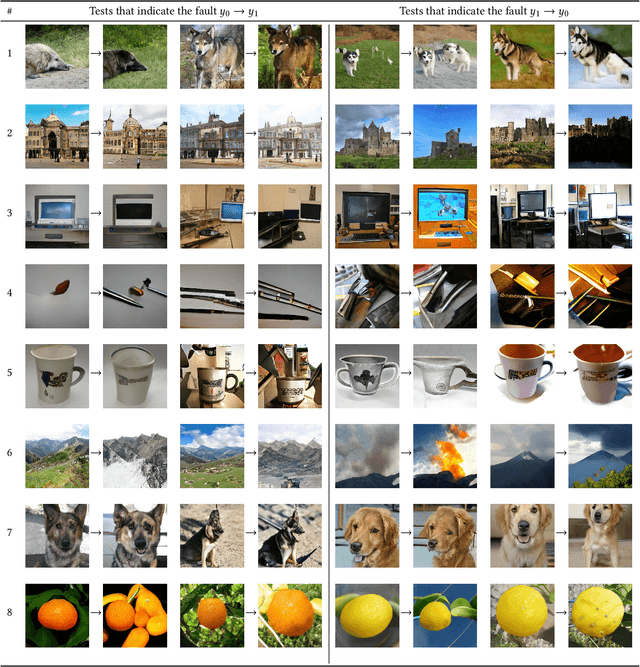
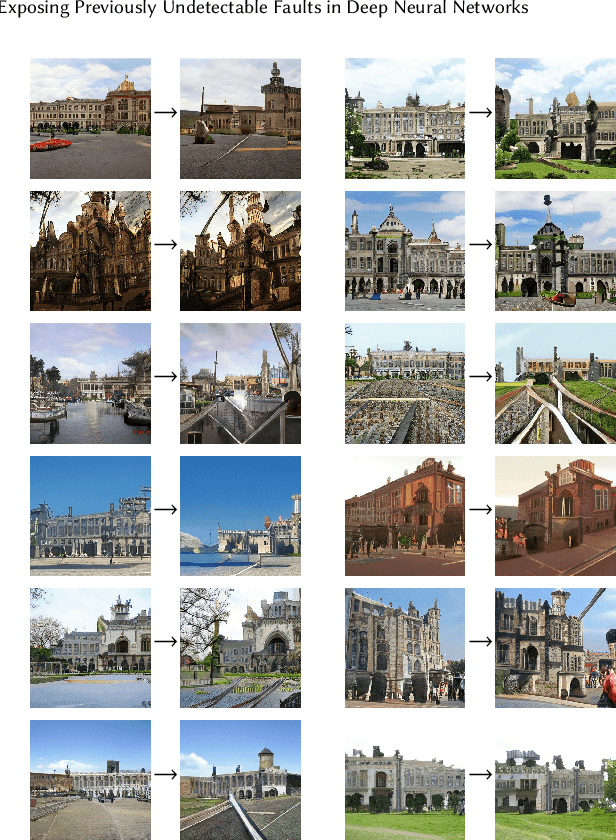

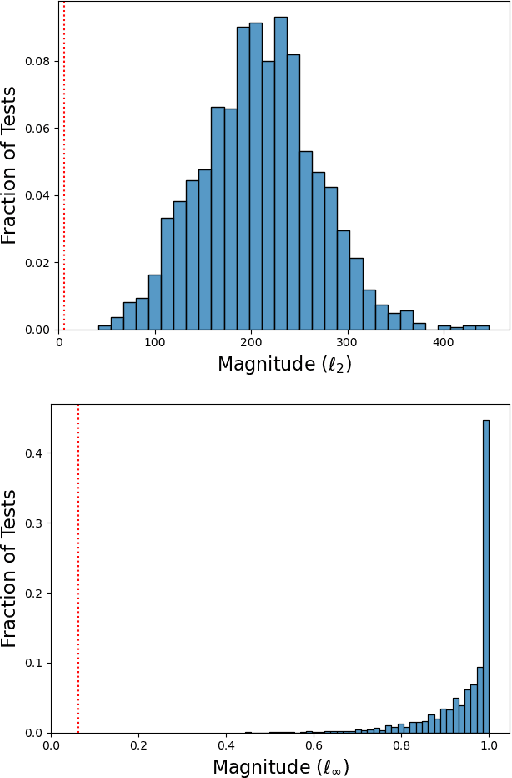
Abstract:Existing methods for testing DNNs solve the oracle problem by constraining the raw features (e.g. image pixel values) to be within a small distance of a dataset example for which the desired DNN output is known. But this limits the kinds of faults these approaches are able to detect. In this paper, we introduce a novel DNN testing method that is able to find faults in DNNs that other methods cannot. The crux is that, by leveraging generative machine learning, we can generate fresh test inputs that vary in their high-level features (for images, these include object shape, location, texture, and colour). We demonstrate that our approach is capable of detecting deliberately injected faults as well as new faults in state-of-the-art DNNs, and that in both cases, existing methods are unable to find these faults.
Ranking Policy Decisions
Aug 31, 2020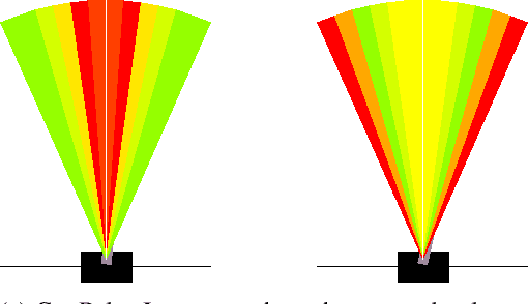
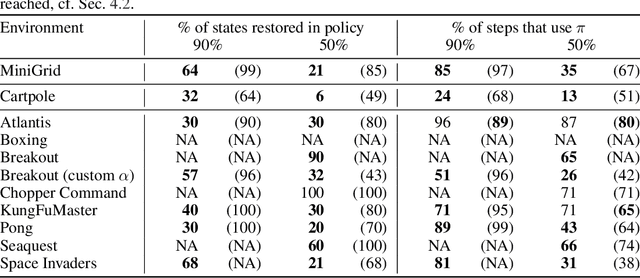
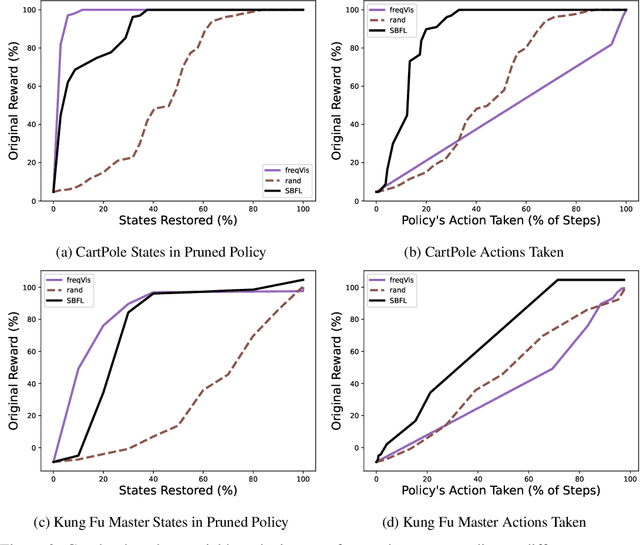
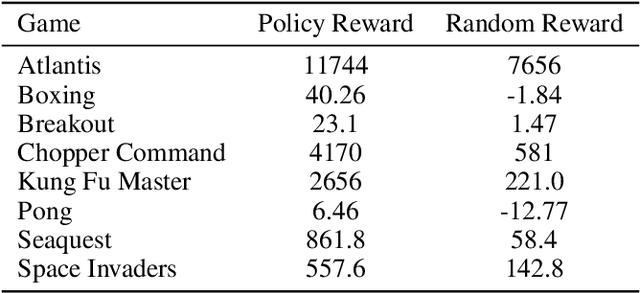
Abstract:Policies trained via Reinforcement Learning (RL) are often needlessly complex, making them more difficult to analyse and interpret. In a run with $n$ time steps, a policy will decide $n$ times on an action to take, even when only a tiny subset of these decisions deliver value over selecting a simple default action. Given a pre-trained policy, we propose a black-box method based on statistical fault localisation that ranks the states of the environment according to the importance of decisions made in those states. We evaluate our ranking method by creating new, simpler policies by pruning decisions identified as unimportant, and measure the impact on performance. Our experimental results on a diverse set of standard benchmarks (gridworld, CartPole, Atari games) show that in some cases less than half of the decisions made contribute to the expected reward. We furthermore show that the decisions made in the most frequently visited states are not the most important for the expected reward.
 Add to Chrome
Add to Chrome Add to Firefox
Add to Firefox Add to Edge
Add to Edge